The 10 Biggest Microsoft News Stories Of 2023 (So Far)
Generative AI, copilots, layoffs and plenty of outages have been big news for Microsoft in 2023.
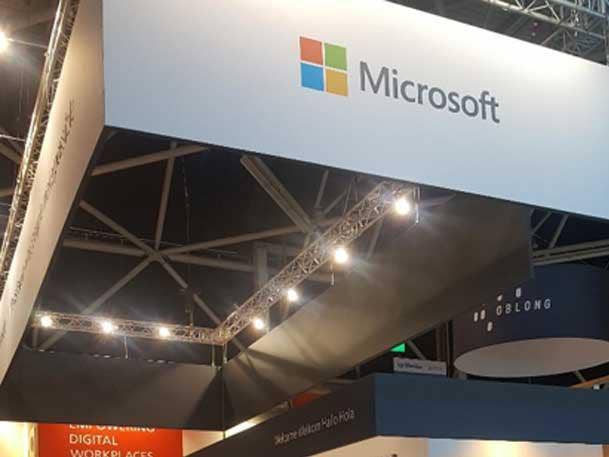
Artificial intelligence. Copilots. Layoffs. And, of course, plenty of service outages.
So far, 2023 has been a landmark year in Microsoft’s nearly 50-year history as a tech vendor.
With a market capitalization of about $2.5 trillion and $198.3 billion in revenue for the 2022 fiscal year, the tech giant has the coffers and the manpower to continue its reign as a leader in generative AI, cloud computing, cybersecurity and all the most talked about enterprise technology.
[RELATED: The Top 10 Biggest Google Cloud News Stories Of 2023 (So Far)]
Microsoft Top News Of 2023
Satya Nadella, CEO of Redmond, Wash.-based Microsoft, has kept generative AI at the forefront of the vendor’s strategy this year and frequently publicly mentioned offerings from Microsoft and OpenAI, the Microsoft-backed organization behind text-generator ChatGPT and image-generator Dall-E.
“We believe this next generation of AI will unlock a new wave of productivity growth, with powerful copilots designed to remove the drudgery from our daily tasks and jobs, freeing us to rediscover the joy of creation,” Nadella said in March.CRN has ranked the biggest news items from Mcirosoft so far this year in order of importance to the channel.
This recap touches on some of the biggest news items from Microsoft this year, including:
*The post-pandemic business slowdown
*Layoffs at HoloLens, GitHub and other teams
*AI-powered Bing
*Microsoft 365 Copilot
*Microsoft Fabric
*Google calling Microsoft anti-competitive
Here’s what else you need to know about Microsoft’s 2023 so far.
CRN has also recapped the biggest news stories so far for Amazon Web Services (AWS), Google Cloud and Cisco.

10. Google Takes Aim
A story still taking shape as Microsoft and partners enter the second half of 2023 is Google’s comment with the United States Federal Trade Commission (FTC) claiming that its cloud vendor rival locks in customers to its Azure public cloud services.
The hyperscalers continue to debate whether Microsoft has engaged in anti-competitive practices via its bundling and software licensing agreements to make it difficult for clients to use anything outside of its Azure infrastructure solutions.
Google reportedly told the FTC in a letter that Microsoft is “limiting choice, increasing costs for customers” and disrupting digital ecosystems throughout the world.
Google reportedly said Microsoft’s control with its licenses and customer lock-in tactics presents a national security risk. Specifically, Google highlighted cyber-attacks that involved Microsoft products such as the massive SolarWinds breach three years ago.
Microsoft told CRN that it had “made changes to our cloud licensing terms to address licensing concerns and provide more opportunity for cloud providers.”
“Worldwide, more than 100 cloud providers have already taken advantage of these changes. And as the latest independent data shows, competition between cloud hyperscalers remains healthy. In the last quarter of 2022 Microsoft and Google made small gains on AWS, which continues to remain the market leader by a significant margin,” said a Microsoft spokesperson.
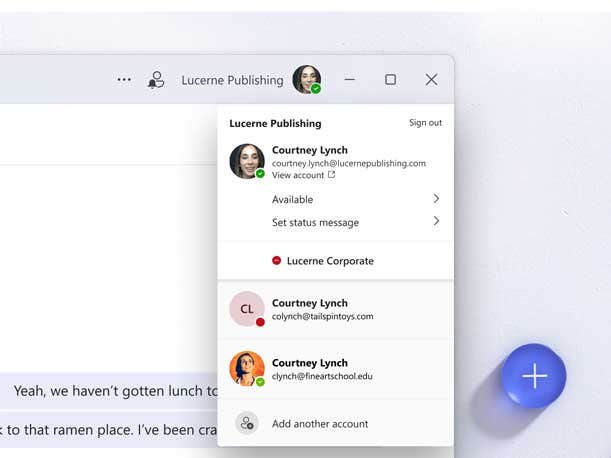
9. Ongoing Teams Innovation
Microsoft’s busy March included announcing a new iteration of its collaboration application Teams, slated for availability “later this year,” promising a Teams desktop app with faster performance, using less memory, offering more emojis and other benefits.
Slower Teams performance “was the most consistent and pervasive customer pain point” with the regular version of the collaboration app, according to Microsoft. The vendor promised a post-and-reply experience at the top instead of a chat-like model for channels.
Microsoft also promised an easier way to receive notifications, search, manage messages and organize channels. Users can receive notifications on all accounts, not just the one in use.
Microsoft also promises enhanced data security and simpler IT management in the new Teams.
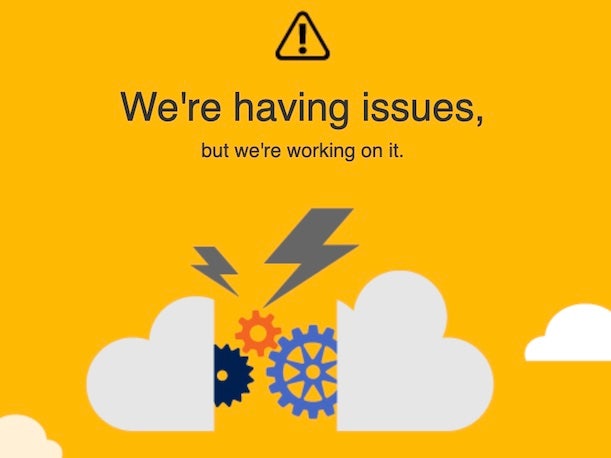
8. Continued Microsoft Outages
An ongoing problem for Microsoft, its customers and its partners in 2023 has been the frequency of cloud service outages for Microsoft’s popular enterprise applications.
On Jan. 17, Microsoft Teams and 365 users in North America faced an outage from 9:17 a.m. ET to about 2:18 p.m. ET. Outage-tracking website Downdetector showed thousands of reported issues with Teams including 504 reports of issues at approximately 10 a.m. and another 503 reports of issues at 11 a.m.
On March 1, some users of Microsoft Exchange Online couldn’t access mailboxes through any connection. The vendor first tweeted at 8:56 a.m. Pacific Wednesday about the issue. By 12:59 p.m. ET, the problem was resolved
Microsoft users faced a nearly six-hour-long issue with Microsoft 365 online applications and the vendor’s Teams collaboration app on April 20. The vendor tweeted at 6:56 a.m. PT that it was “investigating access issues with Microsoft 365 Online apps and the Teams admin center.” The company tweeted at 1:10 p.m. PT that it “received positive confirmation through our internal telemetry and impacted users that service has been restored.”
Multiple Microsoft cloud services were rocked by outages at the beginning of June.
On June 5, an outage affected tens of thousands of Microsoft 365 users in the morning. On June 8, a hacktivist group known as “Anonymous Sudan” claimed responsibility for causing a Microsoft OneDrive outage. The next day, Microsoft saw a “recurrence” of the service issues.
Microsoft confirmed on June 20 that those outages earlier in the month came as a result of distributed denial-of-service (DDoS) attacks meant to knock websites offline.

7. Post-Pandemic Business Slowdown Leads To Layoffs
Signs of a business slowdown for Microsoft and the tech industry started last year, with deal moderation in Microsoft 365 plans aimed at smaller businesses and customers wanting to do more with the products and services they already bought from the tech giant.
Microsoft would confirm the slowdown in January with the announced layoff of 10,000 employees (more on that later) and with comments on the quarterly earnings call held this month.
Microsoft executives described for listeners on a quarterly earnings call a temporary slowdown in business, one the company hoped to conquer by investing in generative AI.
The slowdown was attributed to less customer demand for remote-working tools and other technology since the height of the global pandemic. The threat of a potential recession in 2023 was also a factor.
In January, Microsoft announced layoffs of 10,000 employees – less than 5 percent of its total headcount – by the end of the third quarter for fiscal year 2023 (ended March 31).
That marked the largest layoff round since 2014 for the world’s largest software company.
The Microsoft layoffs have come in multiple waves throughout the year. Layoffs in January hit employees in the HoloLens, advertising and marketing departments.
February layoffs affected Microsoft subsidiary GitHub. And in March, supply chain, cloud and internet of things (IoT) employees were among those the tech giant laid off.
Microsoft hasn’t been alone in shedding headcount after the peak of the pandemic, with other companies including Amazon, Google, Accenture and CDW also announcing layoffs this year.

6. AI Investments
While some of the talk of 2023 has been around advancements from within Microsoft around generative AI, the vendor has also invested in outside organizations turning heads with their AI advancements.
In January, Microsoft announced the third phase of its partnership with OpenAI, promising a multibillion-dollar investment.
As part of the partnership, Microsoft is OpenAI’s exclusive cloud provider and develops and deploys specialized supercomputing systems for OpenAI’s independent AI research. Microsoft also deploys OpenAI models across consumer and enterprise products.
In January, Microsoft also made Azure OpenAI Service generally available.
In June, Microsoft signed a deal with cloud infrastructure and AI startup CoreWeave to support its growing AI portfolio. Microsoft reportedly agreed to spend potentially billions of dollars over several years on cloud computing infrastructure from CoreWeave.
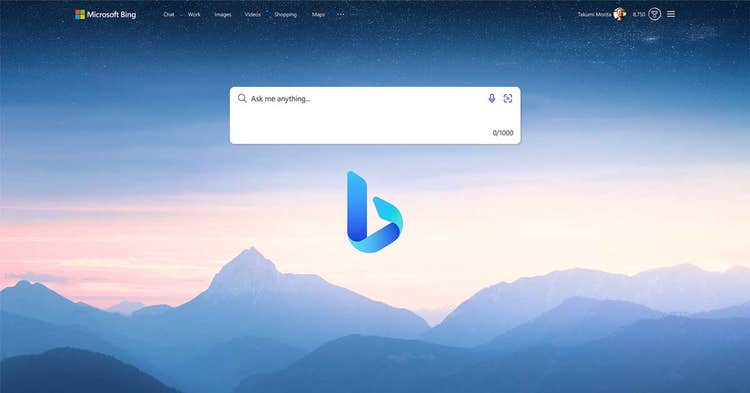
5. AI In Bing, Windows
In February, Microsoft whetted appetites for more generative AI capabilities in the vendor’s product stack with an AI-powered Bing search engine and an update to the Windows 11 operating system that added AI-powered Bing to the taskbar.
The Windows 11 update included AI-powered recommended content in the start menu for certain users, according to Microsoft.
The AI-powered Bing quickly grew to more than a million users across 169 countries, with users impressed, amused and even concerned by the AI.
The new Bing search engine taskbar in Windows 11 allows users to search, chat, answer questions and generate content, according to Microsoft.

4. AI Generates Customer Interest
Microsoft executives used the company’s third fiscal quarter earnings call to show that generative AI is already a money-making opportunity in the enterprise space and not just a gimmicky consumer tool.
“Some of the work we’ve done in AI even in the last couple of quarters, we are now seeing conversations we never had,” Microsoft CEO Satya Nadella (pictured) told analysts on the company’s latest quarterly earnings call in April. “Whether it’s coming through even just OpenAI’s APIs, right – if you think about the consumer tech companies … They have gone to OpenAI and are using their API (application programming interface). These are not customers of Azure at all.”
He continued: “Even Azure OpenAI API customers are all new. And the workload conversations, whether it’s B2C conversations in financial services, or drug discovery … these are all new workloads that we really were not in the game in the past, whereas we now are.”
When asked by an analyst about monetizing the copilot generative AI companion tool Microsoft has been integrating with popular applications, Nadella said that Microsoft plans “to monetize a separate set of meters across all of the tech stack, whether they’re consumption meters or per-user subscriptions.”
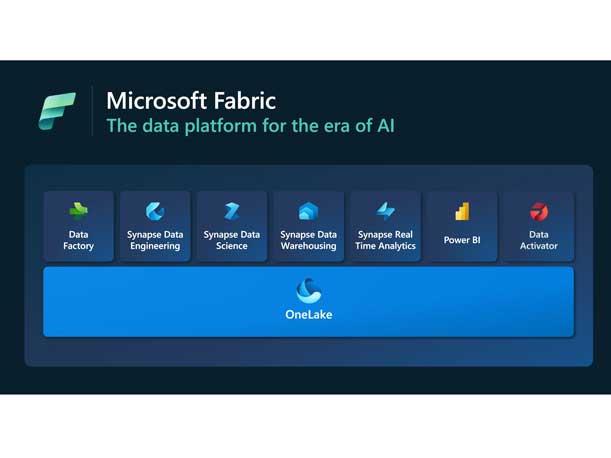
3. Microsoft Fabric
During Build 2023, Microsoft unveiled Fabric, an end-to-end, unified analytics, software-as-a-service platform that brings together Data Factory, Synapse and Power BI.
Nadella called Fabric “the biggest launch of a data product from Microsoft since the launch of SQL Server.”
“Most interestingly, it unifies the business model across all the different types of analytics workloads, whether they’re SQL, machine learning – whatever job you want, you can use the same compute infrastructure,” Nadella said during the May event. “And this unification, at the end of the day, is what I think will fuel the next generation of AI applications.”
With Fabric users don’t need to work with multiple vendors to get a complete analytics platform, according to Microsoft. Once copilot is available for Fabric, users can leverage conversational language for data flows, data pipelines, code generation, machine learning (ML) models and visualizations.
In an effort to eliminate data silos, Microsoft Fabric has a OneDrive-like multi-cloud data lake called OneLake that is automatically available to every tenant, with all workloads wired into OneLake as all M365 apps are wired into OneDrive.
OneLake data is automatically indexed for discovery, sharing, governance and compliance, according to Microsoft.

2. Microsoft Security Copilot
The second biggest moment so far for Microsoft this year is showing how generative AI will transform the field of cybersecurity.
In March, Microsoft unveiled Security Copilot for cybersecurity professionals to use generative AI and leverage the trillions of security signals gathered as part of Microsoft’s threat intelligence operation.
Security Copilot promises to respond to security incidents within minutes instead of hours or days, provide step-by-step guidance and context through a natural language-based investigation experience that accelerates incident investigation and response, summarize any process or event, and tune reporting to suit a desired audience.
The tool can assist with uncovering threats within the overwhelming quantity of data generated by modern IT tools, according to Microsoft.
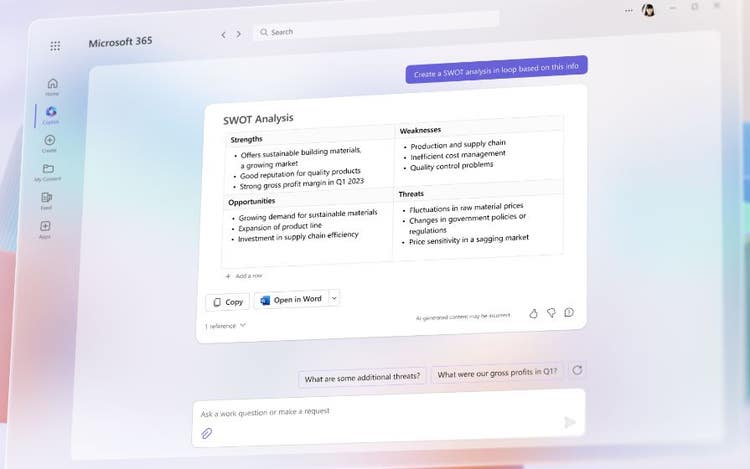
1. Microsoft 365 Copilot
The biggest moment this year for Microsoft and all of enterprise generative AI was the March reveal of copilot AI tools made available to select users of enterprise applications including Teams, Outlook, Word, Excel and Power Platform.
This reveal showcased Microsoft’s vision for generative AI in the workplace, with Nadella calling copilot tools a “new era of computing.” He said that content-generating AI will be as integral as keyboards and multi-touch.
At the event, Microsoft said it had started testing Microsoft 365 Copilot with 20 commercial customers, eight in the Fortune 500.
One of the earliest copilot features made generally available for users was automated email replies, with other app-specific features coming later.
In April, Microsoft announced plans for a future copilot for employee experience suite Viva, taking copilots into other productivity apps.